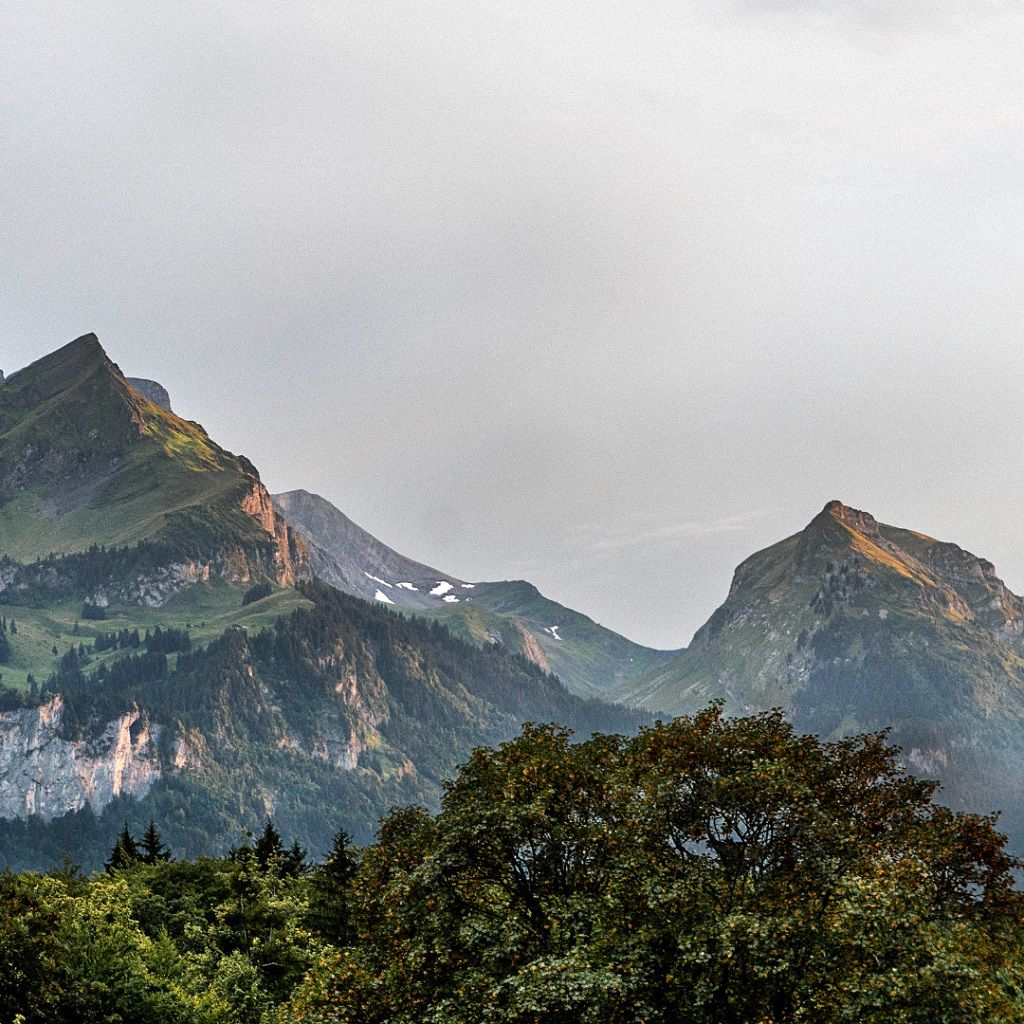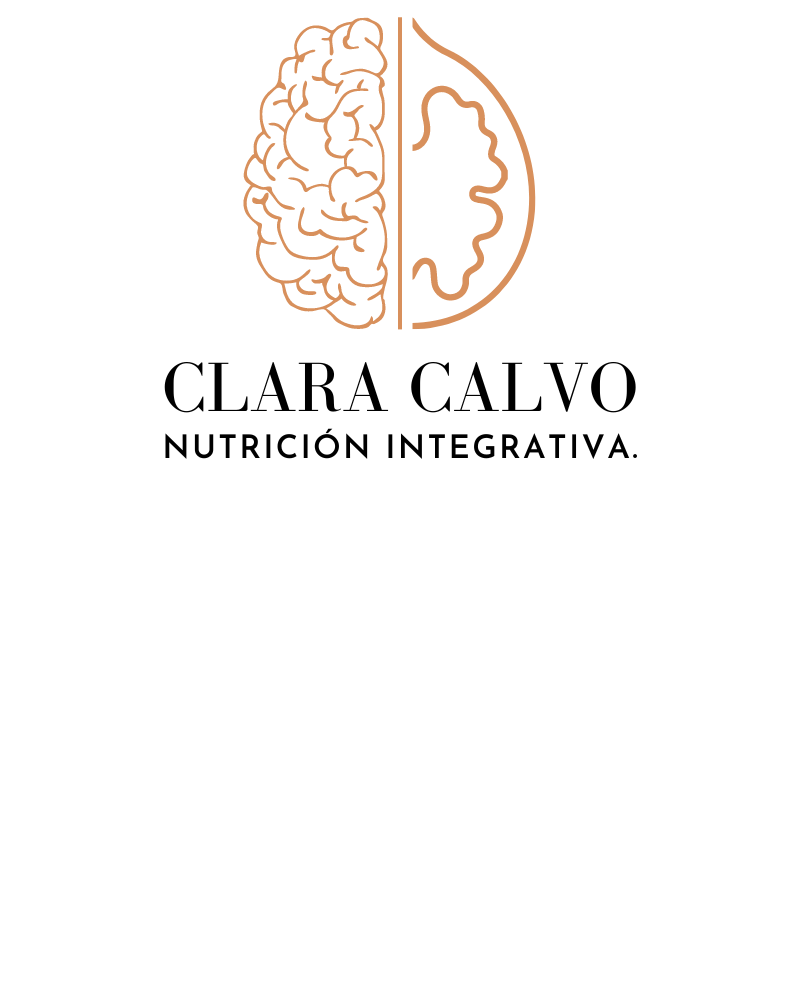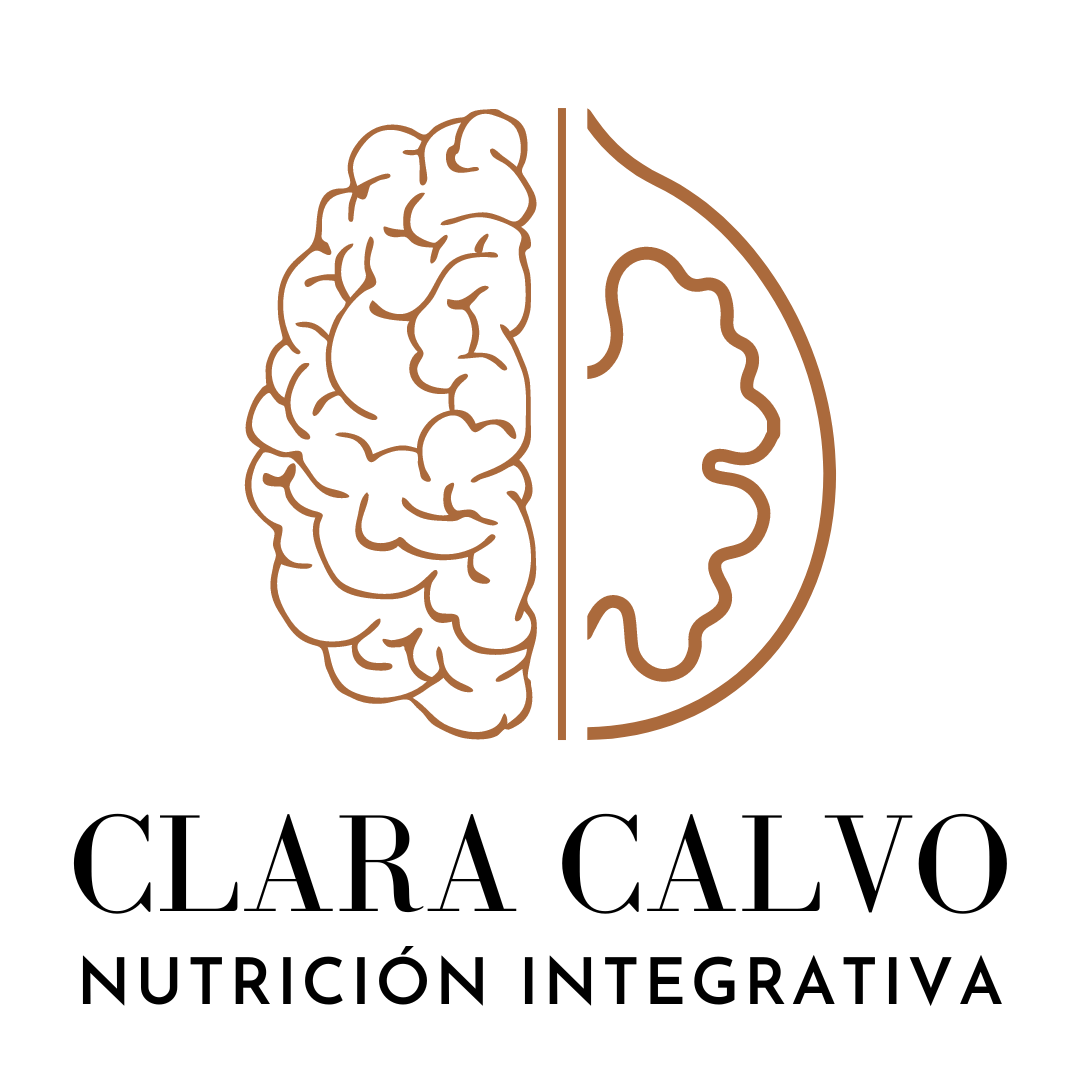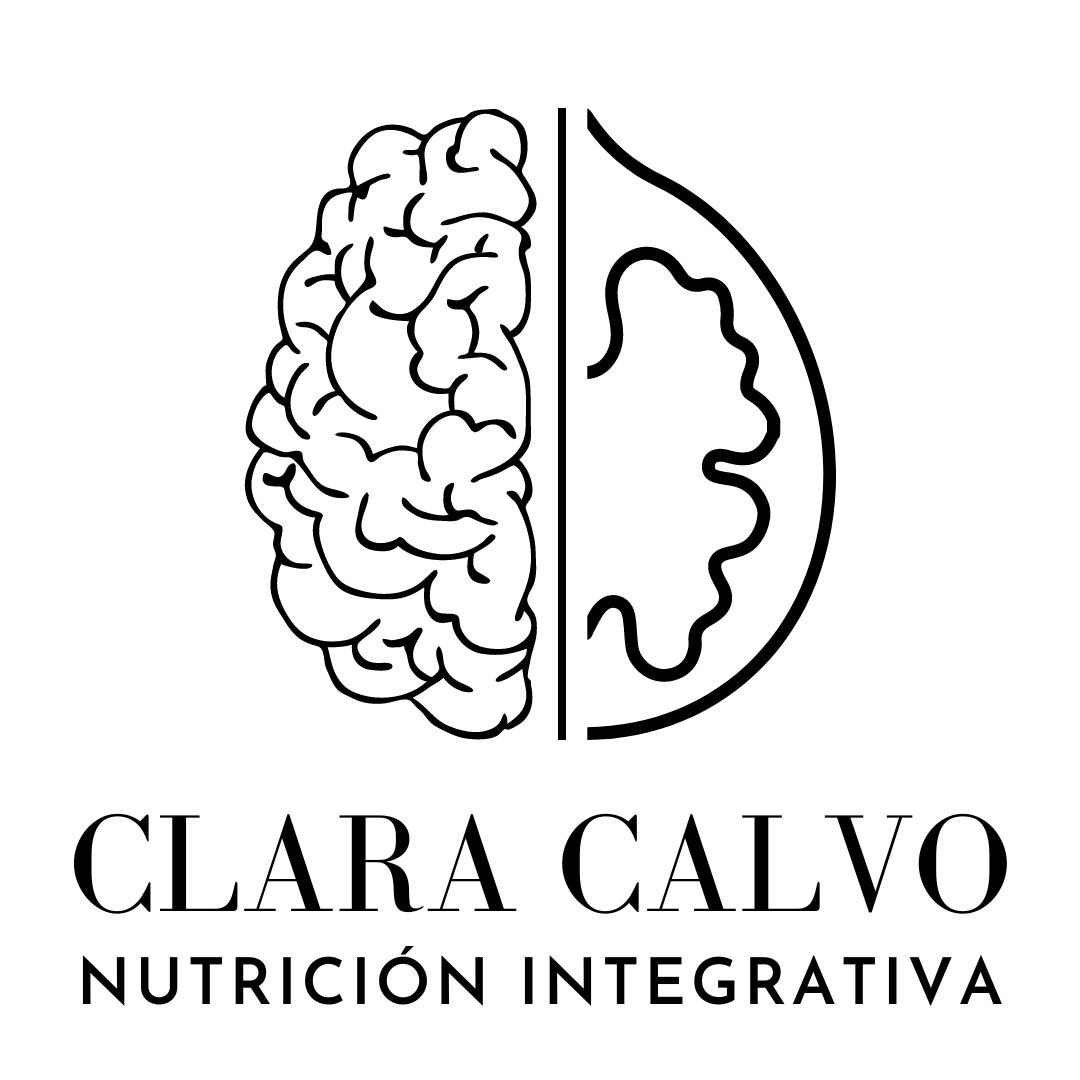
Mountain Nutrition: The Practical Guide You Need
The mountain demands body, mind, and energy. Whether you are going on a short hike, a technical climb, or several days of activity, your performance and enjoyment will depend on how you eat. Many people neglect this aspect and end up with “bonks,” dehydration, or extreme fatigue that could have been avoided with a good nutritional strategy.
In this article you will find a clear, practical guide based on integrative nutrition to plan your mountain nutrition. It will serve you whether you are an occasional hiker or practice mountaineering, climbing, or another discipline.
Plan Your Nutrition According to the Type of Route
Before packing your backpack, ask yourself these questions:
- Duration: How long will my activity last? Is it a 2-hour outing, an 8-hour day, or several days?
- Access to food and water: Will there be fountains, shelters, or will you rely 100% on what you carry?
- Intensity: Will you walk at an easy pace, climb a demanding route, or face a major elevation gain?
👉 A hiking trail is not the same as a ridge or a long climbing route. Your nutrition strategy must adapt to these variables.
Eat Even If You’re Not Hungry
One of the biggest mistakes in the mountains is waiting until hunger strikes. Cold, altitude, or effort can reduce appetite, but your body keeps burning energy constantly.
If you don’t eat in time, you may experience hypoglycemia and a “bonk”: dizziness, weakness, lack of concentration. And in the mountains, that’s not just a low point: it can become a safety risk.
💡 Practical tip: always carry foods that are easy to eat even without hunger:
- Soft textures (bars, soft sandwiches, dried fruit).
- Flavors you enjoy.
- Alternate sweet and salty to avoid getting tired of them.
In the mountains, hunger is not a reliable indicator of when to eat.
Ready-to-Eat Snacks on the Go
Not everyone stops to eat in the mountains, and often logistics or weather don’t allow it. That’s why accessible, ready-to-eat snacks are essential.
Options for Energy Snacks
- Dates, dried apricots, raisins, and other dried fruits.
- Sandwiches with jam, nut butter, or banana with honey.
- Rice or corn cakes.
- Homemade or commercial energy bars.
- Dark chocolate with nuts and dates.
👉 Prioritize carbohydrates, which are the body’s quick fuel.
How to Organize Them
- Store them in pockets or at the top of your backpack.
- Eat every 45–60 minutes to keep stable energy.
- Alternate sweet and salty flavors to avoid overload.
Eating continuously improves sustained performance and avoids sudden energy crashes.
Continuous Hydration: The Forgotten Key
In the mountains, you lose water even without sweating: cold, dry air, and altitude favor dehydration.
Basic rule: drink every 30 minutes, even if you’re not thirsty.
How to Improve Hydration
Add mineral salts (sodium, potassium, magnesium) on hot days or long routes.
Include some carbohydrates in your drink (honey, maltodextrin, fructose, natural juice).
Alternate water with:
- Electrolyte tablets or sachets.
- Broths or hot teas in winter.
- Water with lemon, salt, and a touch of honey (homemade isotonic).
Dehydration not only reduces performance: it increases the risk of cramps, headaches, and exhaustion.
On Long Outings: Include Protein and Fat
If your route exceeds 4–5 hours or you’ll spend several days in the mountains, carbs alone are not enough. You need foods that provide satiety, muscle recovery, and long-lasting energy.
Protein Sources
- Tofu, tempeh, or seitan (can be carried dehydrated or marinated).
- Hummus or vegetable spreads in small containers.
- Protein powder in shakes or homemade bars.
- Boiled eggs (if not vegan).
Sources of Healthy Fats
- Nuts and nut butters.
- Dark chocolate (70% or higher).
- Olive oil in small bottles.
- Aged cheese (if you consume dairy).
These combinations not only provide calorie density (ideal for long routes), but also support more efficient recovery.
Conclusions: Your Energy Depends on Your Strategy
Mountain nutrition is not a secondary detail: it’s the foundation of your safety, performance, and ability to enjoy. Plan according to your route, eat preventively, stay hydrated, and don’t forget protein and fat on long outings.
Just as you train your body, also train your nutritional strategy: test different snacks, amounts, and drinks until you find what works best for you.
Final CTA
👉 If you want to learn how to optimize your mountain nutrition —whether climbing, hiking, or mountaineering— I can help you design a plan tailored to you, your level, and your goals.
Book your first consultation here and let’s start working together on your energy and performance.







